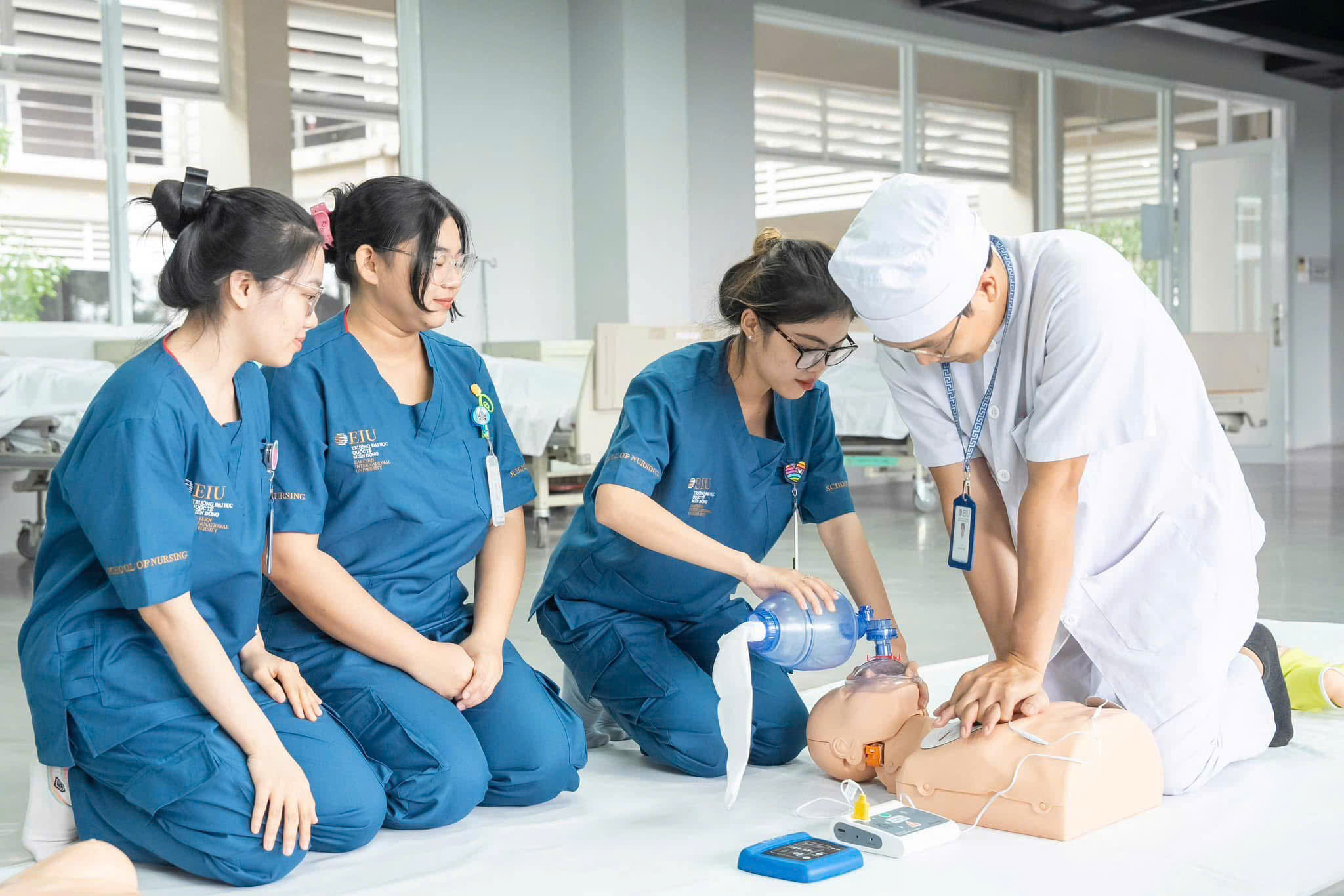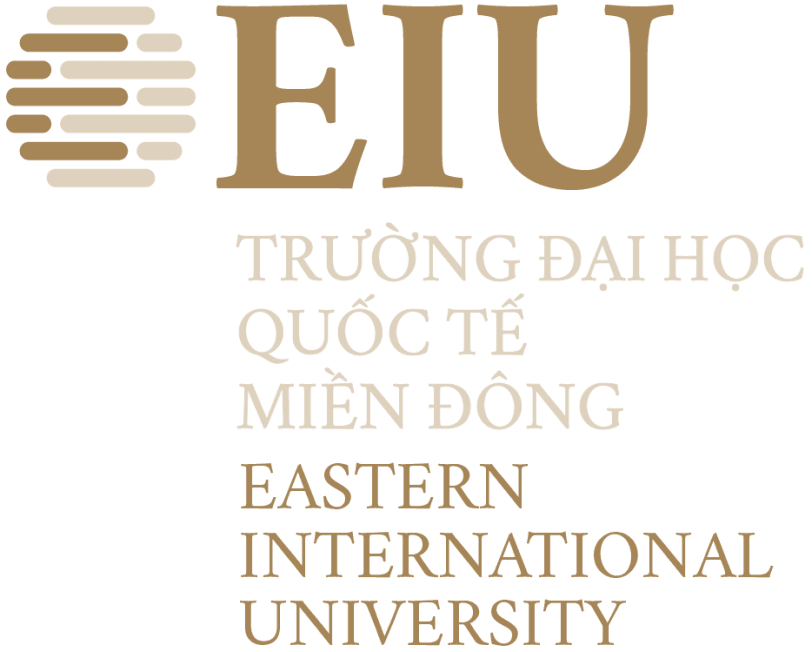AI and simulation-based education help emergency learners develop instinctive responses—even before stepping into a real patient room.
In emergency care, every second counts. That is why MSc Le Hong Liem, from the School of Nursing at Eastern International University (EIU), together with colleagues MSc. Ha Thi Kim Phung and MSc. Phan Thi Thuy Nguyen, are carrying out a project to develop the Emergency Resuscitation Training Center. The center applies simulation technology and artificial intelligence (AI) to enhance the quality of first aid and cardiopulmonary resuscitation (CPR) training for both students and the wider community.
“AI does not replace teachers. AI helps learners recognize where they go wrong and learn better from their own hands-on experiences,” shared Mr. Le Hong Liem, project leader.
This initiative not only contributes to improving the quality of CPR skills training but also introduces a new approach for the community—where anyone can learn how to save lives using simple yet effective tools.
From Idea to Practice – Simulation-Based Education Is No Longer a Distant Future
In the current context of first aid training in Vietnam, many limitations remain: learners often lack opportunities to practice proper techniques or do not receive timely feedback from instructors due to large class sizes. The Emergency Resuscitation Training Center, now being developed at EIU, is expected to help change that.
The project, initiated by MSc Le Hong Liem together with colleagues MSc. Ha Thi Kim Phung and MSc. Phan Thi Thuy Nguyen, is designed to leverage simulation technology combined with AI to significantly improve the effectiveness of learning essential life-saving skills such as chest compressions, rescue breathing, and cardiopulmonary resuscitation (CPR). The AI system is integrated into manikin models, recording factors such as compression force, depth, rhythm, and hand placement—then providing immediate feedback to learners. These models are also being designed for low-cost, in-house production, making them accessible for training institutions across Vietnam.
“Not Just for Health Science Students – Anyone Can Learn to Save Lives”
The center is not only designed for nursing students but also extends to the wider community with an inclusive training model: teachers, office workers, and local residents can all participate in short-term training sessions.
“Most people have never been trained in first aid. That could change if they had a friendly, accessible center supported by modern technology,” shared MSc Ha Thi Kim Phung
The training programs are personalized through AI-powered automatic feedback systems, combined with a “Train-the-Trainer” model – empowering instructors – to sustainably spread CPR knowledge within the community.
According to the research team, the next phase of the project will focus on using AI to analyze CPR practice data, thereby improving curricula and tailoring feedback to each learner. In particular, the team is developing sensor-based manikins that can be locally produced – reducing costs and expanding CPR training accessibility across different regions.
“Technology is the extended hand of education. But it is humans who ultimately decide survival in emergencies,” emphasized MSc Phan Thi Thuy Nguyen.
The project goes beyond strengthening technical skills; it also aims to shift societal perception: first aid is no longer a skill “exclusive to medical students,” but a vital component of community education – helping increase survival rates in critical situations.
MSc. Le Hong Liem instructs first aid techniques.



